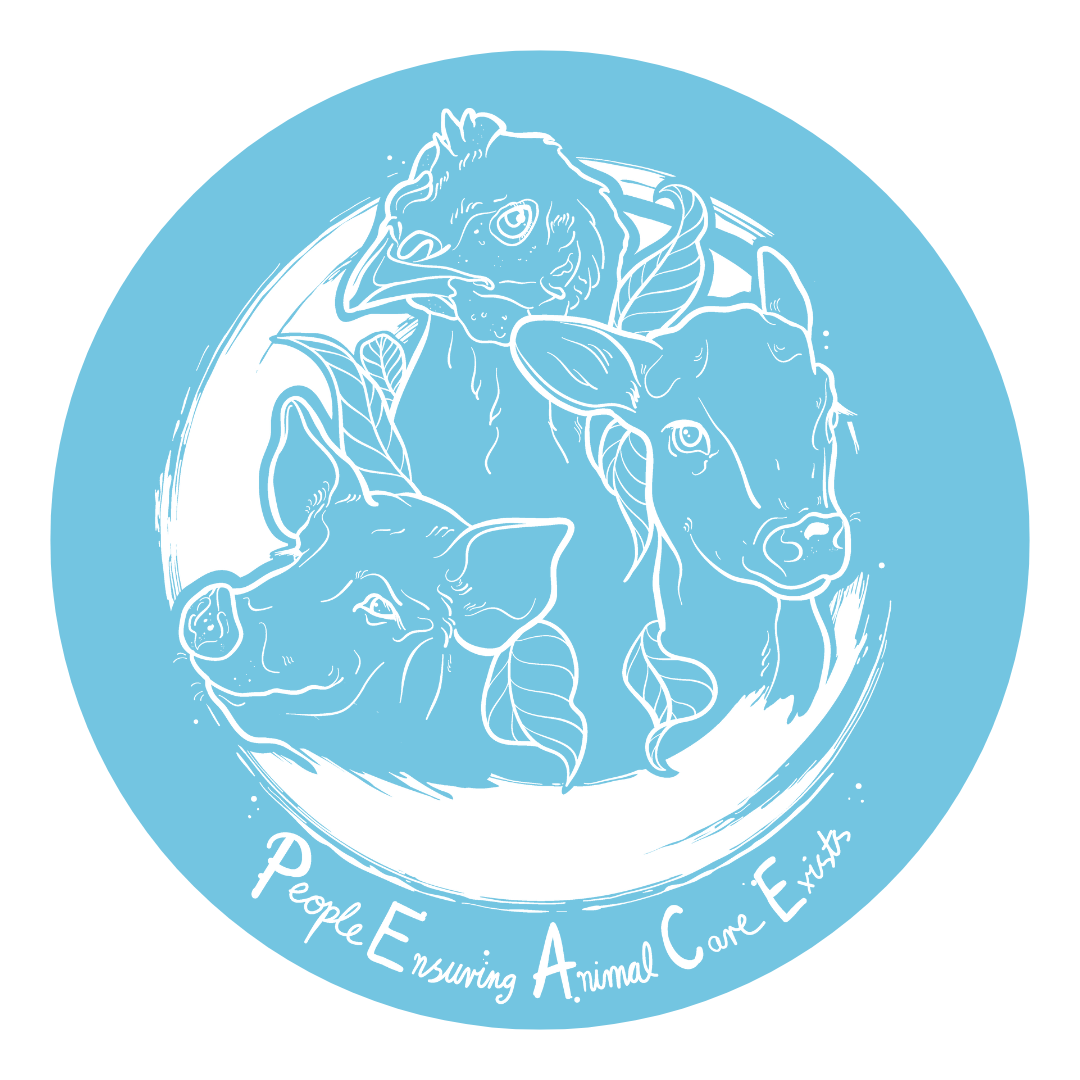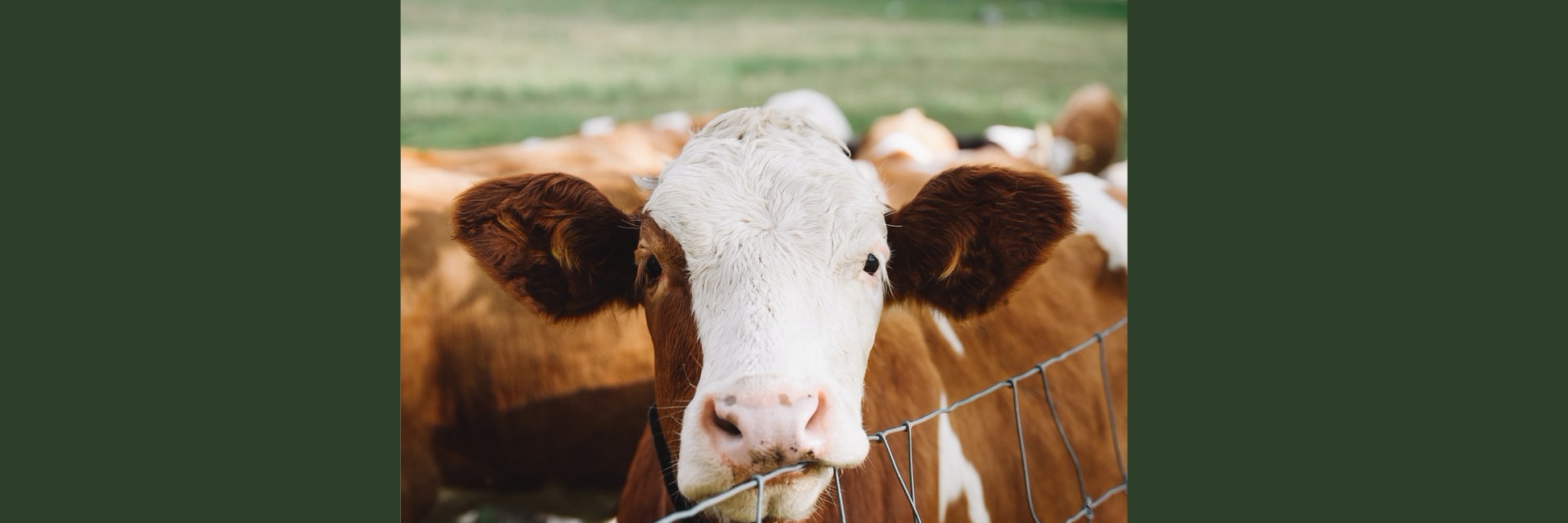Article By Kali Nelson
What do you picture when you think of “grass-fed beef”?
Since the environmental impact of cattle production is large even compared to other kinds of animal agriculture, consumers want an eco-friendlier option. Compared to other livestock, cattle require more land, more resources, and are responsible for around 65% of the livestock sector’s greenhouse gas emissions.
At first glance, the thought of grass-fed cattle sounds both greener and more ethical. But is that true?
What Does “Grass-Fed” Really Mean?
In short, “grass-fed” means almost nothing. In Canada, there’s no regulation on the term. With no standard to adhere to, any cattle can be called grass-fed. Even labels like “100% grass-fed” or “grass-fed and finished” are not monitored by the government.
Cattle raised for beef begin their lives on grass and other forage, such as hay, until around a year old. At this point, they are typically sent to dirt feedlots. Their diet then focuses on fattening grains like corn and barley. This process, called “grain-finishing,” is done so that the young cattle will reach their slaughter weight quickly. In Canada, we feed approximately 98% of our cattle this way.
In theory, completely grass-fed and finished cattle would remain on grass until slaughter.
Is Grass-Fed More Environmentally Friendly?
The argument for grass-fed cattle being more environmentally friendly stems from the concept of regenerative grazing. If done right, there’s potential for cattle to remove carbon from the atmosphere and bring it into the soil by stimulating plant growth. The idea is that through holistic management, grass-fed cattle could be carbon-neutral or even carbon negative.
For a comprehensive examination of this approach, check out the Food Climate Resource Network’s report. Their study found any evidence as to the sequestration benefits of grazing management to be “patchy and highly contradictory.” In fact, they suggest that pursuing this method for carbon sequestration would cause substantial rises in methane, nitrous oxide, and land use change-induced CO2 emissions.
Skipping the conventional grain-finished route means that cattle need a longer lifespan and more resources to reach slaughter weight. According to an Alberta Cattle Feeder’s Association statement, a grass-finished animal contributes 25 to 30% more carbon emissions than a grain-finished one. They also noted that grass-fed cattle need over five acres to produce a pound of beef, whereas less than 1.7 acres are needed for a grain-fed feedlot approach.
Is Grass-Fed More Ethical?
Putting aside the environmental factors, is keeping cattle on grass for the entirety of their lives more ethical than keeping them in feedlots? Since cattle are not built for digesting high-grain diets, feeding them this way can cause serious health problems. Allowing cattle to live a comparatively natural life on grass certainly seems more ideal.
However, whether kept on pasture or feedlots, all of these cattle end up loaded onto a transport truck and sent to premature death. As idyllic as we can make their short lifespan, there’s no way to make their death kind, calm, or pain-free.
Unfortunately, Canada also has extremely lenient transport laws. It’s considered acceptable for cattle to go 36 hours without food, rest, or water – regardless of extreme temperatures. It’s also common practice to use electric prods when moving the animals, as if being transported in this way is not frightening enough.
With this kind of handling, it comes as no surprise that many farmed animals arrive at the slaughterhouse either dead or deemed unfit for human consumption and euthanized.
What’s The More Sustainable Choice?
Grass-fed cattle, regardless of which definition we go by, will not effectively combat climate change or other negative footprints we leave on the environment. A vegan diet, on the other hand, is one of the biggest and easiest ways to reduce our impact on the planet.
To explore what a vegan diet could look like for you, check out the resources at Challenge 22.

